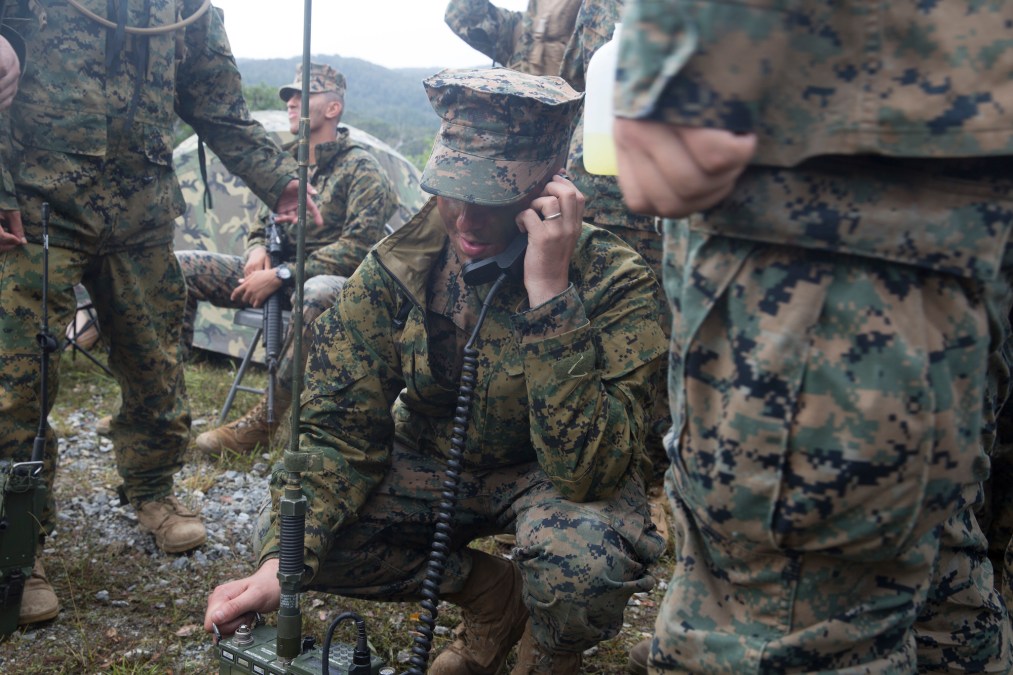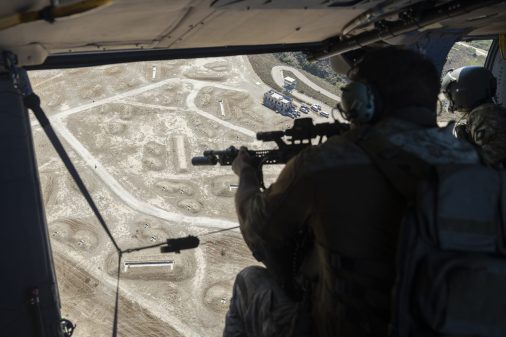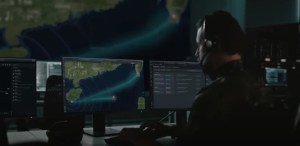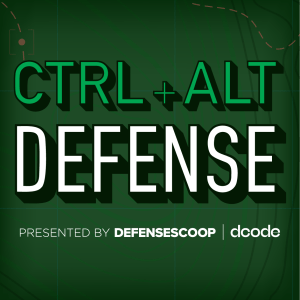Marine Corps Information Command to be activated in FY23, commanded by the service’s cyber and space leader

Maj. Gen. Ryan Heritage, commander of Marine Corps Forces Cyberspace and Space Command, will be the commander of a new information command to be activated in fiscal 2023, a Marine Corps spokesperson told DefenseScoop.
Marine Corps Commandant Gen. David Berger earlier this year announced the intention to create a new Marine Corps Information Command in his annual update to Force Design 2030.
This new organization is designed to more tightly link the service’s information forces in theater with the broader joint force across the globe.
According to a spokesperson, the new command will be activated via a Marine Corps Bulletin in fiscal 2023 with a ceremonial activation data announced following the publication.
In addition to commanding cyber and space forces, Heritage will be responsible for helming this new organization.
Unlike the forces the Marine Corps presents to U.S. Cyber Command for joint operations, this new information command will coordinate service-retained forces and capabilities on behalf of all joint combatant commanders.
The Marine Corps, according to many experts, has been a leader when it comes to so-called information warfare, which the Corps refers to as “operations in the information environment.”
The service published a seminal doctrine on the subject, Marine Corps Doctrinal Publication-8, Information, in June, which played a large role in the Joint Staff’s updated doctrine on the subject.
The new command will integrate information-related capabilities such as information, intelligence, cyber and space to support forces around the world.
“We believe that in a conflict with a peer adversary, first moves may be in space and cyber, so we must enable our Stand-in Forces, [Marine Expeditionary Units], and [Marine Expeditionary Forces] to integrate with, and have access to, those capabilities now,” according to a Corps spokesperson. “To streamline and simplify much of the coordination at the headquarters level, we are realigning current relationships and structure at [Headquarters Marine Corps] from a staff officer to an operational commander to create the Marine Corps Information Command (MCIC).”
As the so-called stand-in force — meaning Marines are constantly deployed forward to be close to adversaries — the Corps believes it can serve as the “eyes and ears” for the joint force in the information space.
Additionally, this new command will help with streamlining complicated authorities to ease the use of these critical non-kinetic capabilities.
At the joint level, there are a lot of authorities that have to be coordinated, especially in the non-kinetic and digital realm as it pertains to intelligence collection — which is very heavily regulated under spying authorities known as Title 50 — and operations within cyberspace and the electromagnetic spectrum meant to disrupt an adversary’s operations, known as Title 10 or general warfighting authorities.
“If you’re not touching, integrating, intimate in those authorities, you’ll be left out. The idea of this MCIC is … taking advantage of all that in order to provide the depth and breadth to be this enabler of the joint force out on the edge based on where we are living in the weapons engagement zone,” Lt. Gen. Matthew Glavy, deputy commandant for information, said in May. “If you’re not where those authorities are — like space, like cyber, like the intel community, Title 50 authorities — if you’re not there you’re probably going to be hard pressed to get there.”
Aligning and coordinating these capabilities and authorities under a single command and commander will streamline how they are employed and used to support the commander’s objectives.
“A single commander who has or can leverage the authorities and approvals needed to synchronize global cyber, space, influence, and intelligence effects creates unity of support for the [Fleet Marine Force] and generates an information advantage,” according to a Corps spokesperson. “The interface with the Fleet Marine Force and Joint Force will take place through standard planning processes, staff-to-staff coordination, and by participating in specific battle rhythms.”






